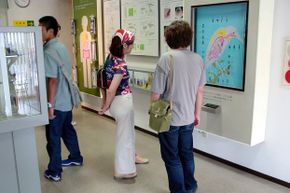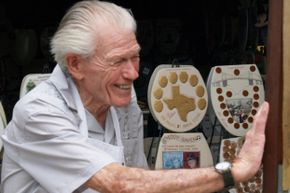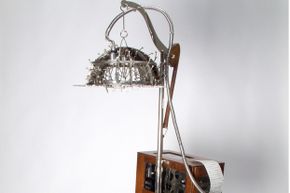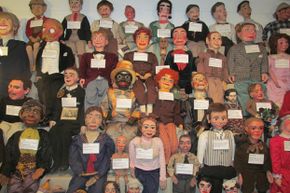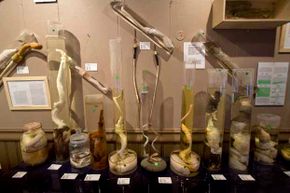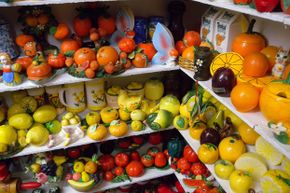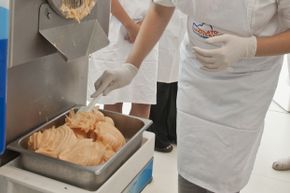Some museums get all the glory. There's the Louvre in Paris, the world's most visited museum (9.7 million guests in 2012) [source: Torre]. Other big names include the Smithsonian in Washington, D.C. and the Metropolitan Museum of Art in New York. These museums may bring to mind stately architecture, dignified collections and scholarly discussions in hushed tones.
Then there are the other museums, ones in which quirky is king. These 10 admittedly offbeat attractions on our list are in a category all their own. They may not draw the same number of visitors as their well-known cousins, but they showcase idiosyncratic treasures ranging from tapeworms to toilet seats, and breast-enlargers to Bigfoot prints. And that's impressive, too, in its own way.
Advertisement
